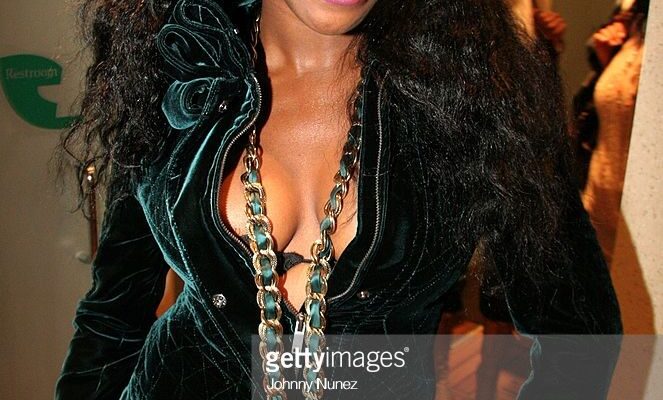In the landscape of hip-hop, few names carry the weight, attitude, and sheer presence of Foxy Brown. By 2005, Foxy wasn’t just a rapper—she was a living icon, a symbol of raw female power in a male-dominated game, and a fashion force who embodied New York glam with an unapologetic edge. If the late ‘90s were about her rise, 2005 was about her resilience. It was a year that tested her strength, both personally and professionally. But true to form, Foxy Brown didn’t fade—she fought, she stood tall, and she remained unforgettable.
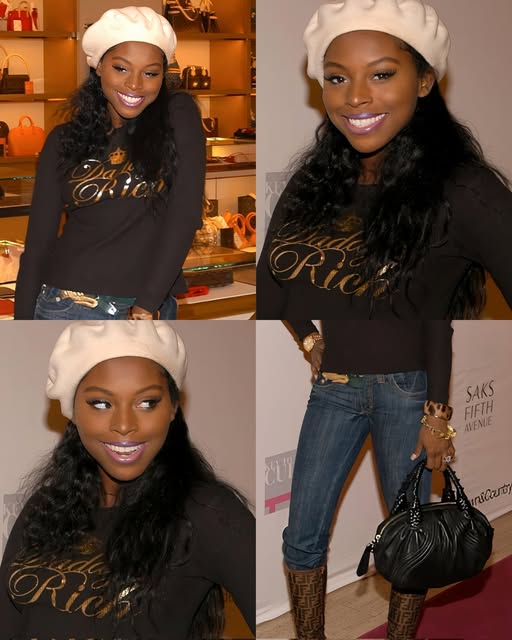
The Comeback Was Brewing
By 2005, Foxy Brown had already solidified her status as one of the fiercest women in rap. From her 1996 debut Ill Na Na, which shook the industry with its blend of high-fashion femininity and hardcore lyricism, to her gritty Broken Silence in 2001, Foxy proved she could hold her own with anyone—male or female. She was known for her sultry delivery, sharp bars, and collaborations with the likes of Jay-Z, Nas, and The Firm.
But in the early 2000s, things got turbulent. Foxy’s highly anticipated album Ill Na Na 2: The Fever was shelved by Def Jam in 2003, despite the hype around it. By 2005, fans were growing restless, waiting on a return. Foxy had been teasing her comeback—talking about a new album, Black Roses, a project she claimed would be her most personal and mature work yet.
She was ready to re-enter the scene with a new label situation, new energy, and a sound that reflected growth. Her presence in 2005 was all about reclaiming her spot—not just as a rapper, but as a woman who had weathered storms and was ready to shine again.
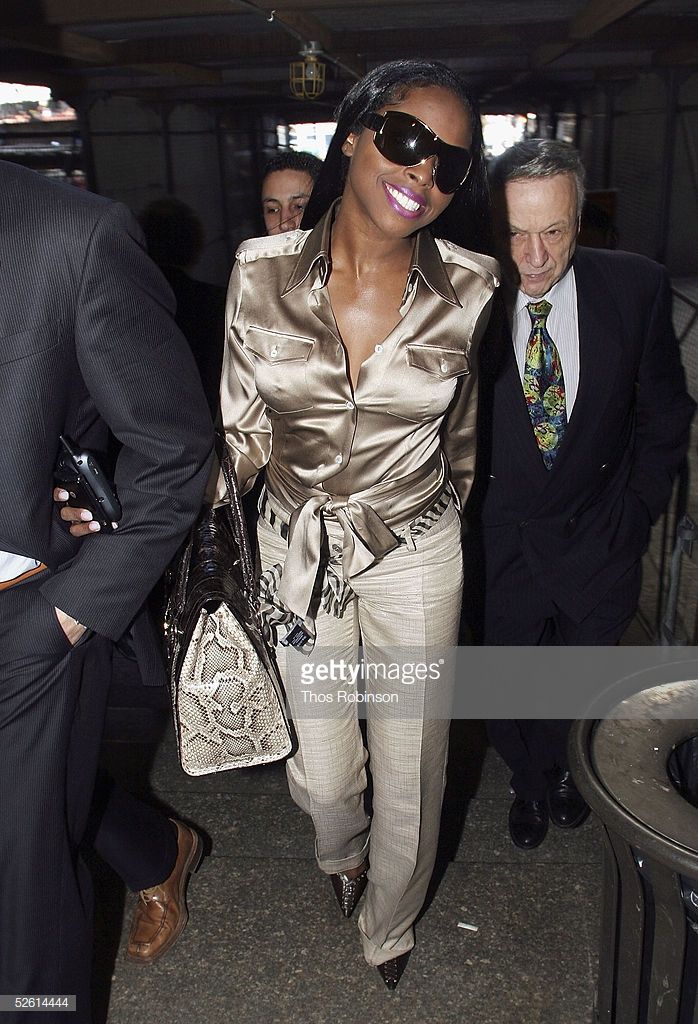
The Silence Was Loud
Then came the twist—suddenly, the voice that had once been the loudest and most commanding in the room went silent.
In late 2005, Foxy Brown announced that she had suffered from a severe and sudden hearing loss. It was a heartbreaking moment for her fans, who couldn’t imagine someone so full of sound being robbed of her ability to hear it. Diagnosed with sudden sensorineural hearing loss, she revealed that she had been completely deaf for several months. Recording music, performing, and simply living as she once did had become a struggle.
In true Foxy fashion, though, she didn’t let that be the end of the story. While most would have retreated indefinitely, Foxy kept her name in the conversation. She gave interviews, kept up her image in the press, and made it clear: this wasn’t the end—it was just another challenge.
Her resilience in the face of something so life-altering was inspiring. She even underwent surgery in hopes of restoring her hearing. And by the end of the year, signs of recovery began to show. Her voice—both literal and metaphorical—was finding its way back.
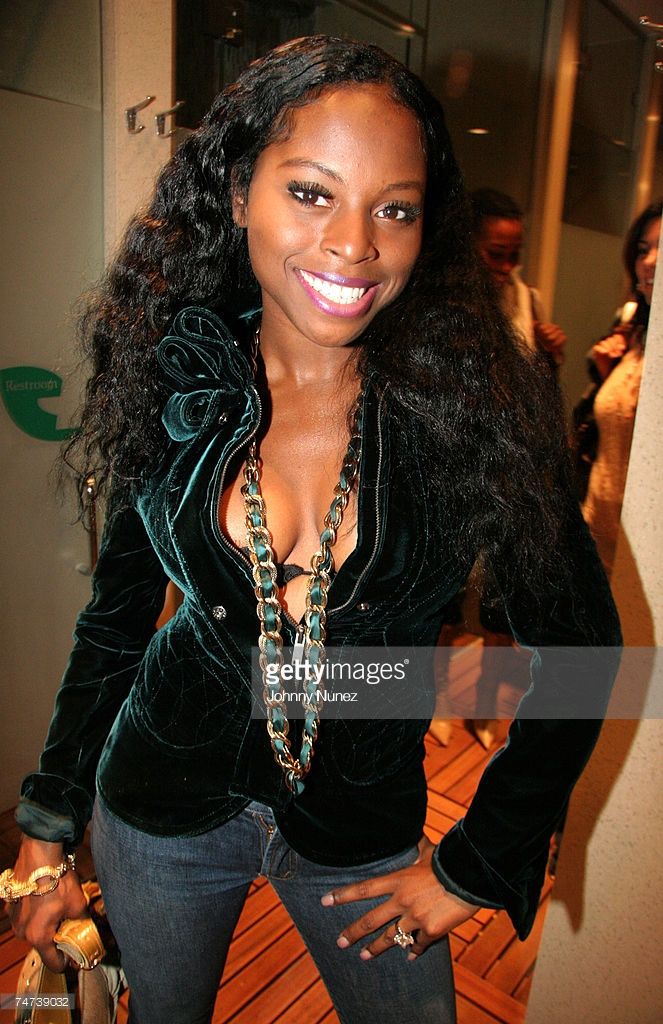
Style Icon Status
While 2005 might not have been her biggest musical year, Foxy’s presence in the culture remained strong. Her fashion sense was still top-tier: sleek weaves, flawless makeup, fur coats, designer sunglasses, and that signature New York attitude. She could walk into any room and own it without saying a word.
Foxy was one of the first female rappers who seamlessly blended street edge with high-end fashion. She wasn’t just wearing the brands—she was inspiring them. Her influence could be seen in everything from music videos to fashion magazines. Whether on the red carpet or in paparazzi shots outside the club, Foxy knew how to turn heads. In 2005, she was still the blueprint.
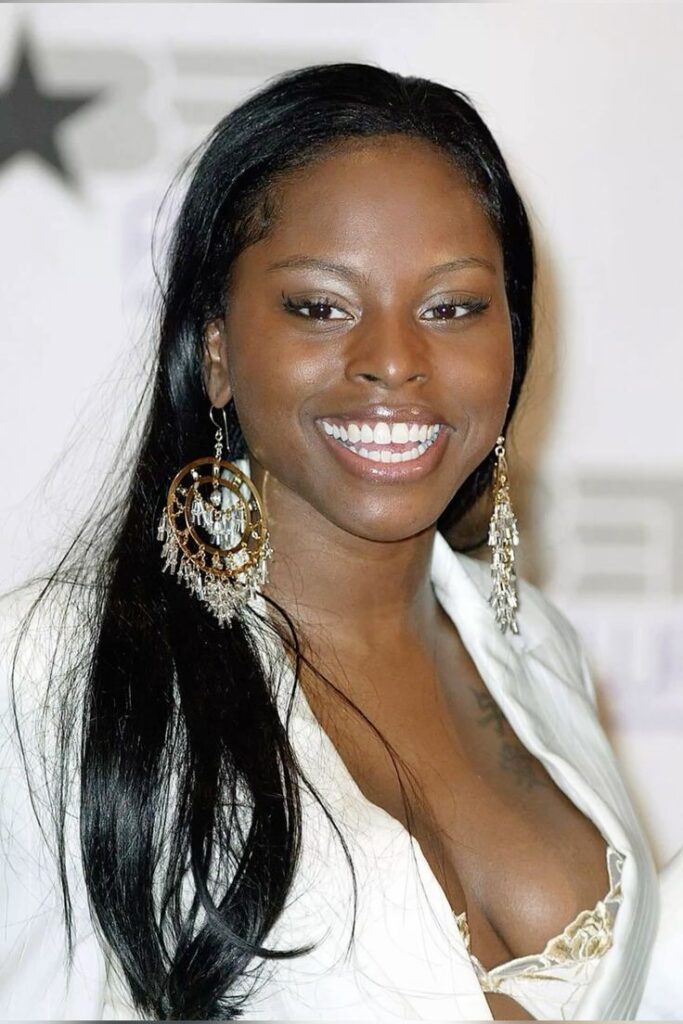
Beef, Rumors & Headlines
Foxy’s 2005 wasn’t just about music and health—it was also about headlines. She had long been known for her fiery personality, and that year was no exception. Rumors swirled about beef with other female rappers, and she was constantly mentioned in gossip columns.
Some of it was petty drama, some of it deeply rooted in competition, and some of it was just Foxy being Foxy—unfiltered, raw, and refusing to play by anyone else’s rules. But even amid the noise, the love for her was still there. The streets hadn’t forgotten who she was. Neither had the industry. Everyone was just waiting for her to come back and remind the world.
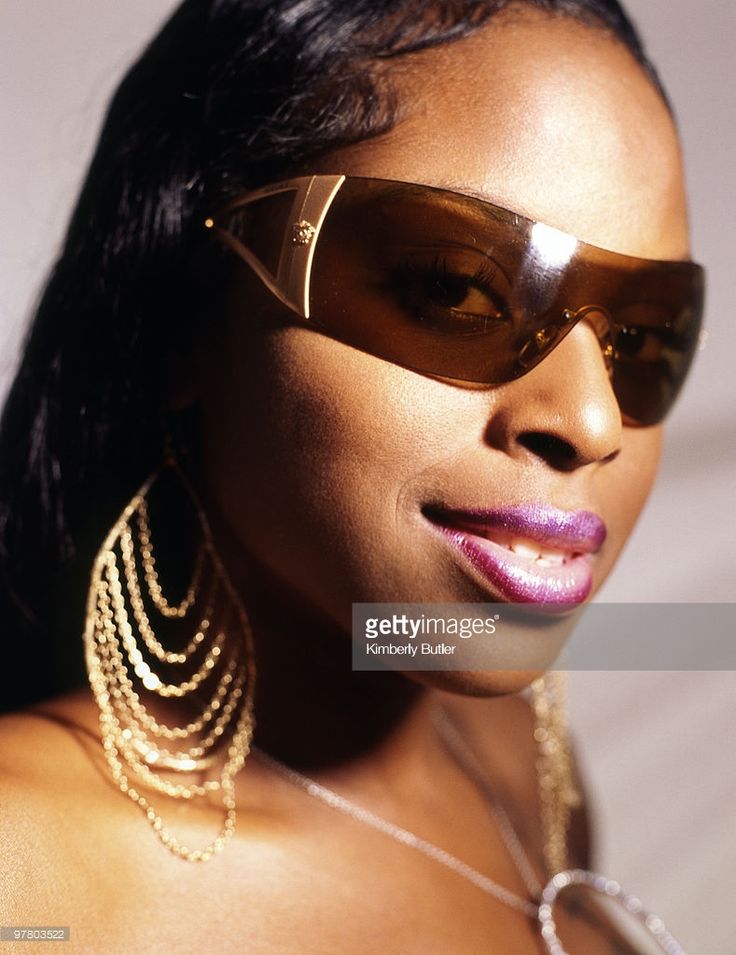
Foxy’s Impact Was Still Felt
Despite not releasing a full album in 2005, her influence was undeniable. You could hear her cadence in new artists coming up. You could feel her confidence reflected in a new generation of women in hip-hop who weren’t afraid to talk slick, dress bold, or speak their truth. Foxy had opened that door. She gave women permission to be soft and savage at the same time.
Artists like Nicki Minaj have cited Foxy as a major influence, and you can see why. That blend of sexuality, lyricism, and New York toughness—it was Foxy’s DNA. In many ways, 2005 was a quiet year in terms of releases, but a loud one in terms of legacy.
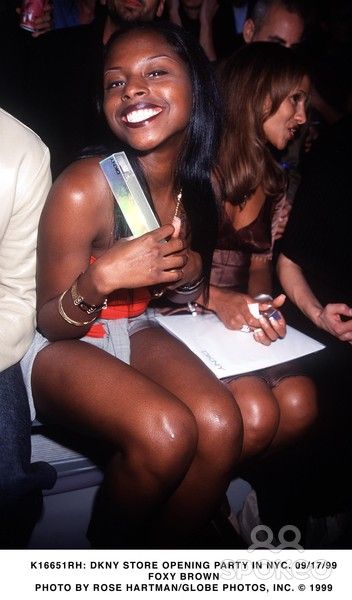
The Future Was Still Hers
Even though 2005 brought challenges that could have ended her career, Foxy Brown showed that she was still standing. She was still a boss, still a trendsetter, and still one of the most unforgettable voices hip-hop had ever known—even when that voice had gone silent.
The story didn’t end there. She would go on to make more appearances, release more music, and continue shaping the culture. But 2005? That was a turning point. It was the year the world held its breath, waiting to see what Foxy would do next.
Final Thoughts
Foxy Brown in 2005 was a moment in time—a testament to strength in silence, beauty in struggle, and power in legacy. It wasn’t her loudest year musically, but it might have been her most powerful one emotionally. She reminded us that being an icon isn’t just about dropping hits—it’s about surviving the hard seasons and coming back harder.
In 2005, Foxy Brown didn’t need to dominate the charts to remind the world who she was. Her name still rang out. Her fashion still set trends. Her legacy still cast a long shadow. And that silence? That was just the calm before another storm.
Because with Foxy, one thing’s always been true—never count her out.
